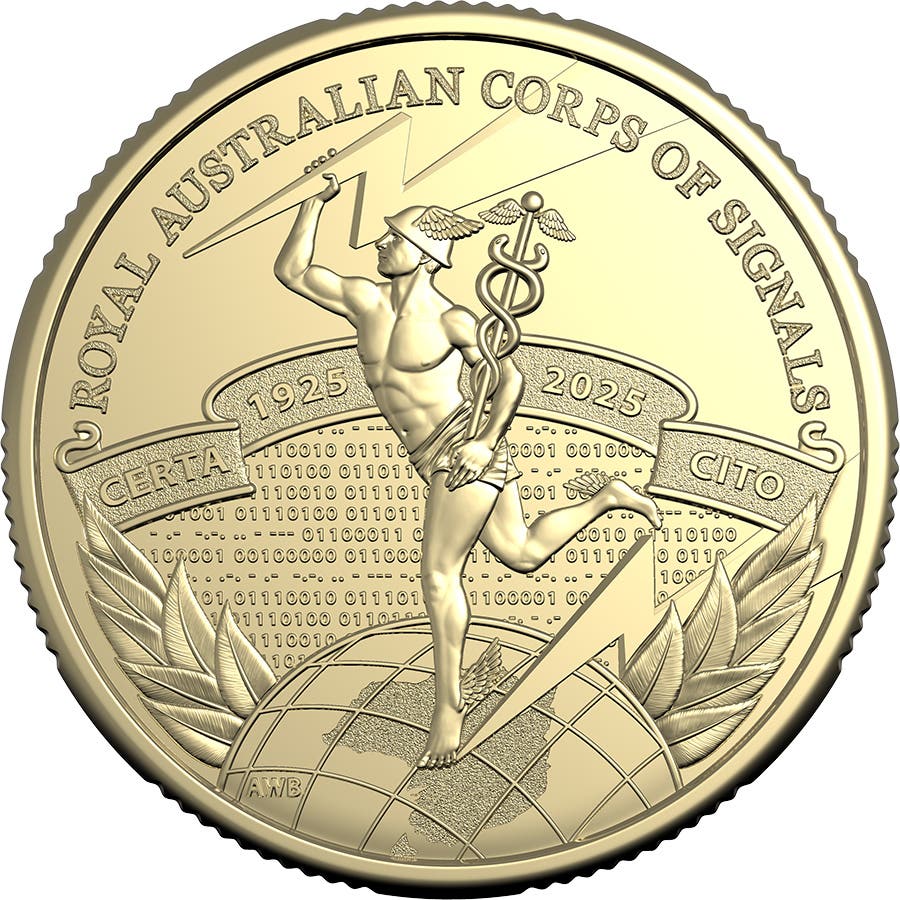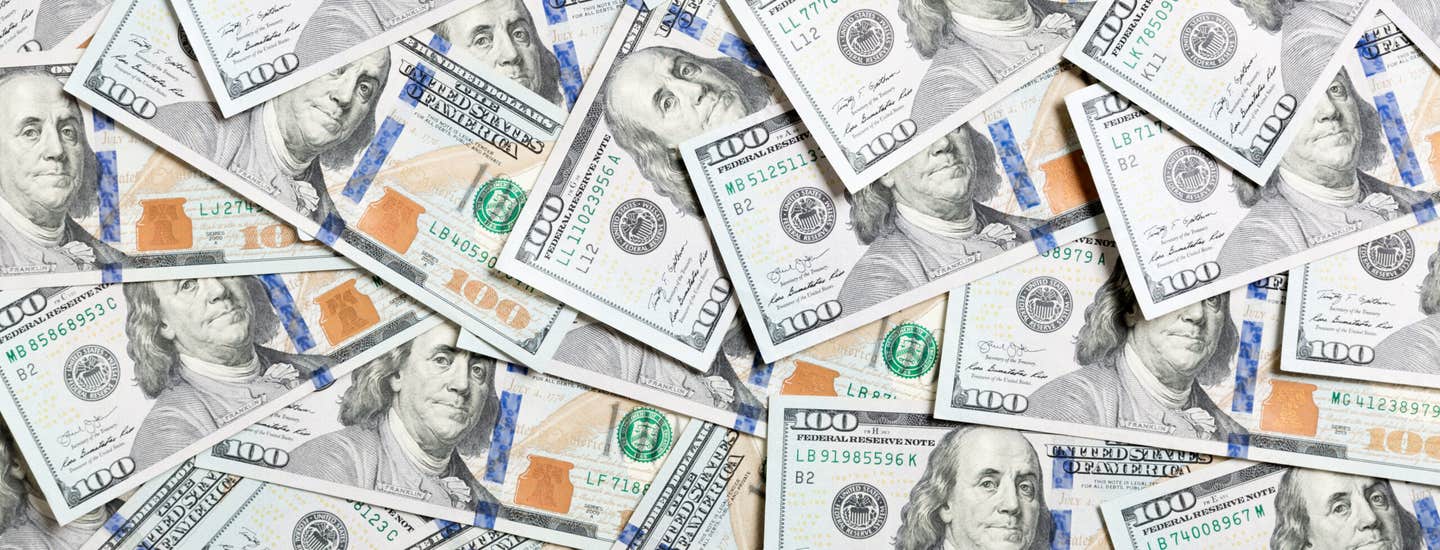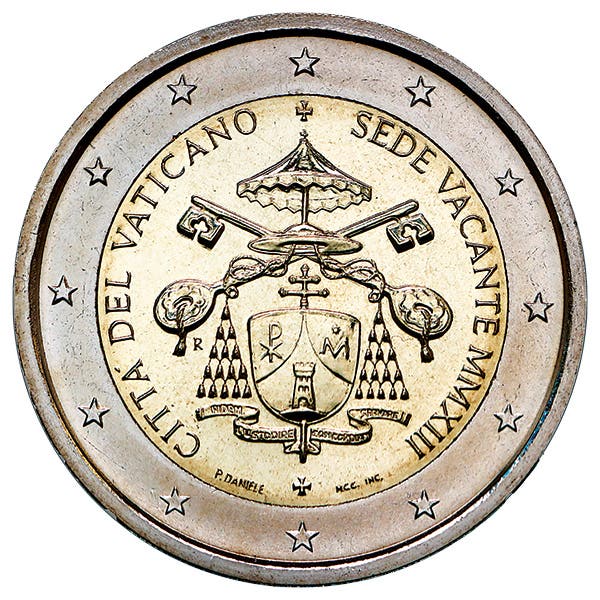Italian Towns Issue Immigrant Currency
The pandemic rages on in Italy, but so does the almost never-ending stream of immigrants fleeing political uncertainties in Middle Eastern and North African countries. Foreign agricultural and domestic laborers…
The pandemic rages on in Italy, but so does the almost never-ending stream of immigrants fleeing political uncertainties in Middle Eastern and North African countries.
Foreign agricultural and domestic laborers who entered Italy by March 8, 2020 have been given residency permits through which they can live and work legally in that European Union nation. These people are given access to public health and other services. More currently arriving asylum seekers are being sent to reception centers to apply for refugee status or be deported, depending on their individual situations. The coronavirus pandemic and border closures have slowed the deportation of undesirables in the past year.
Italy continues to be the country where the most ships filled with would-be immigrants arrive. Most of these ships arrive at Calabria or on the islands of Lampedusa and Sicily.
Gioiosa Ionica is in Calabria in southern Italy along the Ionia Sea. It has a population of about 7,000 people. Castellino del Biferno is further north, being slightly south and west of Rome, about half way up the boot of the Italian peninsula. Castellino del Biferno has only 550 residents—officially.
The two towns have several things in common. One of them is an influx of immigrants. Another is that both have issued their own currencies that are being made available to aid these immigrants.
The Italian government pays Gioiosa Ionica €35 or about $41.50 US per asylum seeker per day. The payment is meant to cover accommodation, food and medical care, Italian language lessons, work placements, and assistance with asylum bureaucracy. It also includes some pocket money for each asylum seeker.
Castellino del Biferno receives €5,500 (about $6,545 US) from the government with which to issue food stamps to immigrants. The period of time for which this remittance is to last and for how many asylum seekers it covers was not learned in time for when this article was being written.
Subsidizing government funds often come late, as is typical in other countries including the United States. For this reason, both towns have begun issuing their own money to bridge the financial gap as well as to improve the lot of impoverished local residents.
Gioiosa Ionica began issuing its own money in 2016. A July 15, 2016 British Broadcasting Corporation report said, “The fake money ensures the asylum seekers can buy food on a regular basis, even when the funds from Rome are late. The refugee services pay the shopkeepers in real euros when the cash arrives. This way the weight of the delay is borne by the shopkeeper, who effectively gives credit to the refugee services, and not by the migrant.”
The Gioiosa Ionica paper scrip will catch anyone’s attention. A vignette of Che Guevara appears on the €10 note, Hugo Chavez on the €20, and Karl Marx on the €50.
Gioiosa Ionica’s mayor Salvatore Fuda has been described as ‘left-of-center.’ Fuda said, “This money is given to the town, not to the migrants, if you compare that to our annual town budget of around €8 million, you can see it’s a significant economic help for us.”
Castellino del Biferno has more recently begun issuing its own money primarily due to the coronavirus pandemic. Town Mayor Enrico Fratangelo said, “We decided to mint money to make sure the local economy could withstand the impact of the situation. However small this economy may be, there are three or four businesses still open, without considering bars or pubs.”
According to an April 30, 2020 CoinTelegraph.com posting, “Ducati are distributed to residents based on their economic needs and can be spent on essential goods. In order to minimize any confusion, the value of one ducati will equal one euro.”
Local copy shop owner Antonio Lannaocone volunteered, “We start off with watermarked paper, then we print the bank notes — according to the design agreed with the administration — on one sheet of paper. We then laminate the sheet, so that the bills can be disinfected. Once it’s laminated, we cut the bank notes with their final dimensions.”
The 20- and 50-ducati scrip notes have been more recently supplemented with coins in denominations of 50 cents and 1 and 2 ducati. Information on their metal composition and mint of origin were not immediately available. Mercifully the coins and notes of Castellino del Biferno reference soccer athletes rather than heroes of communism.








